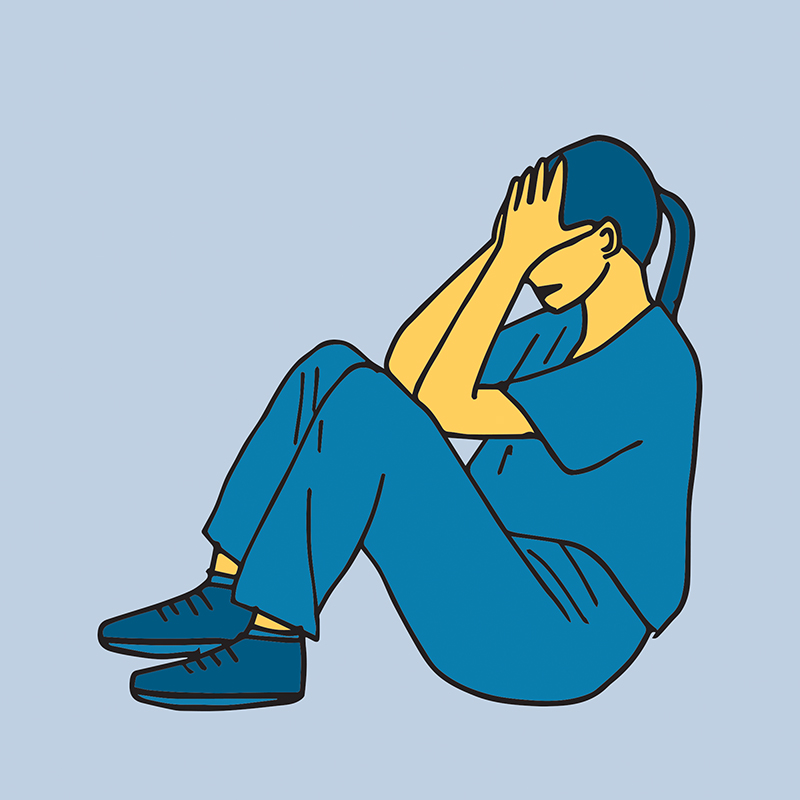ER crisis puts stress on both patients and medical staff
Long wait times and overcrowded emergency rooms across Montreal are putting a strain onto an already overworked healthcare system, which has left some patients feeling as if they’re not receiving proper care.
According to Santé Montreal daily emergency room capacity reports, emergency rooms on last Thursday were running at an average of 129 per cent capacity, with some emergency rooms reporting rates as high as 179 per cent.
Doctors are feeling the effects of overfilled ERs. “It puts a pressure on us to work faster, because it’s scary to see the amount of people waiting increase,” said Dr. Guylaine Larose, an emergency pediatrician at the Centre Hospitalier Universitaire (CHU) Sainte-Justine. “There’s a significant risk of giving lower-quality care, which is not something that we like doing.”
“You’re always scared that patients who wait too long will worsen before you’re able to see them. It’s a big worry, for both doctors and nurses,” Larose added.
Patients are feeling the pressure as well. “What I really picked up on was a lack of bedside manner, which I think has a lot to do with how busy hospitals are right now,” said Megan Devoe, a Concordia student who was sent to the ER at the Centre Hospitalier de l’Université de Montréal (CHUM) after fainting due to low blood sugar. “They ran all these tests on me without telling me what they were doing or why they were doing it. It was really confusing and pretty disorienting.”
Devoe had her blood taken, on top of other tests, and was never given the results to any of them. Indeed, she was not given any discharge information or any way to contact the hospital for a checkup or the results of her tests. She recounts the hospital staff waking her up at 4 a.m. to ask her if she could walk. She was then asked to leave the hospital despite being unsure if she could.
“Wait times aren’t new, they are cyclical, and usually higher during the holidays and winter,” said Dr. Larose. “Increased traffic will happen when viral infections increase, usually in winter but for the past two years also during unusual moments. What we’re seeing this year is an increase in viral infections which has been especially high over the past two months.”
Devoe was kept in the hallway on a stretcher the entire time of her stay and had to ask multiple times for food or to be accompanied to the washroom. She believes her negative experience is due to the overcrowded ERs and thinks the “healthcare system is falling apart a little bit.”
Devoe’s experience is not unique. According to data from Santé Montréal, 214 patients were on stretchers for over 24 hours and 73 for over 48 hours last Thursday.
“Healthcare professionals, whether they be doctors or nurses, feel a lot of responsibility towards their patients,” said Dr. Larose. “With the rise in overcrowding in emergency rooms and the heightened risk of giving lower quality care, that responsibility is still there and adds to the level of stress. The patients who wait hours to see us have the patience of angels and many show us gratitude and wish us good luck. It’s incredibly touching.”
Graphic by: Le Lin @spicybaby.jpg
